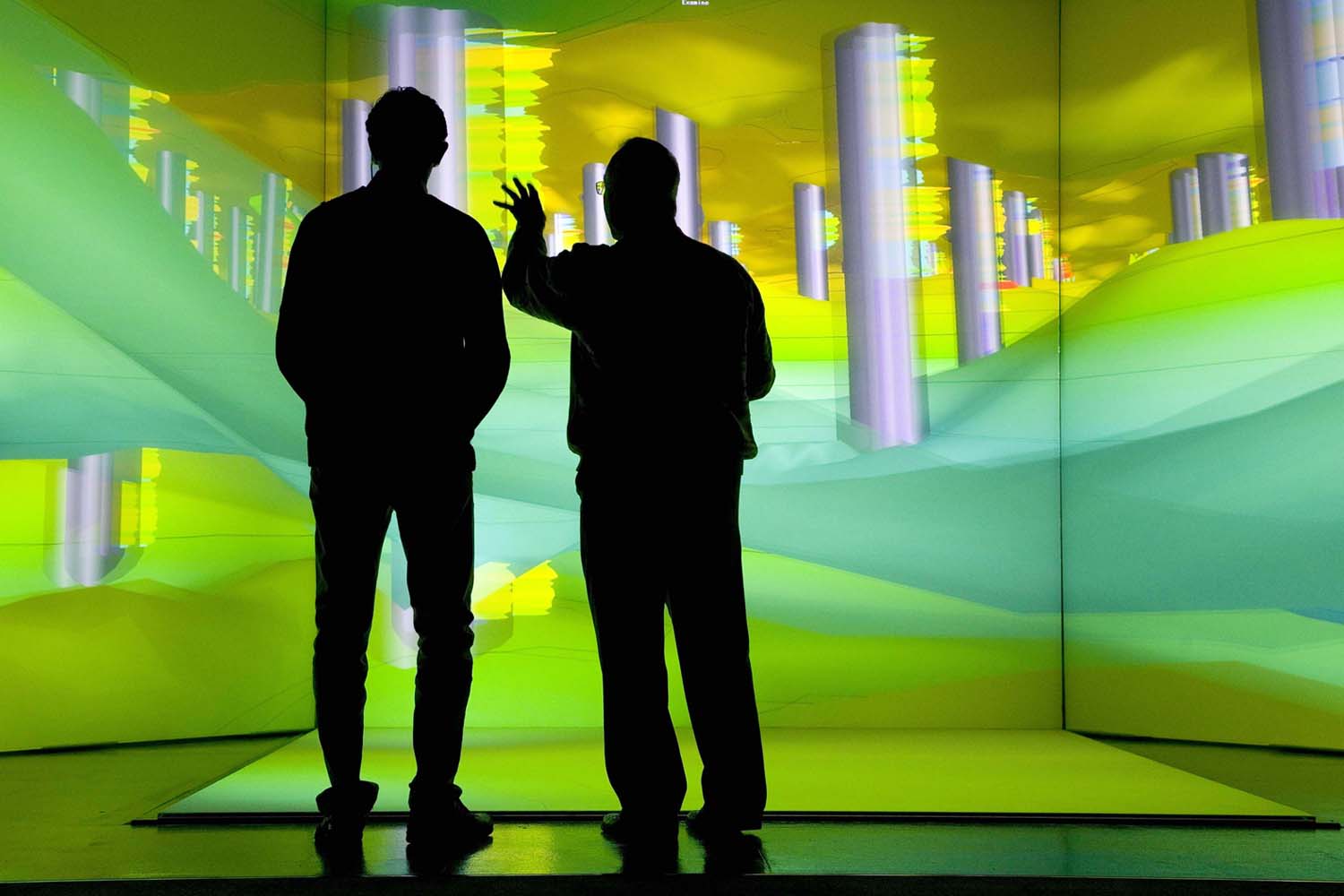
Exploration
Our spirit of exploration is inspired by our history. In 1933, we started exploring the unique geology of Saudi Arabia’s Eastern Province. This is where geologists explored the terrain for potential indicators of oil, such as anticlines — visible arch-shaped rock structures — and exposed rock formations known as outcrops.
Saudi Arabia’s rich geoheritage is an intrinsic part of its physical landscape and biodiversity. Aramco aims to protect and preserve the Kingdom’s geological outcrops — rocks that are exposed, or “crop out” at the surface, acting as signposts to what’s hidden underneath.
This content is blocked
You need to give permission.
Formed in ancient seas, lakes, and rivers, and shaped by wind and water over 60 million years, these outcrops tell us about geological structures, rock types, and past processes. They made it possible for Aramco’s early geologists of the 1930s to map layers of rock below the surface. This enabled them to compare rock formations with oil producing reservoirs in neighboring Bahrain, helping them find the Kingdom’s precious oil and gas resources. Aramco geoscientists still use outcrops today to help the company make new discoveries and operate resources more sustainably.
Aramco aims to protect and preserve 139 geological outcrops in its operational areas and 268 sites across the Kingdom through media campaigns, signage, and education. It is also designating the outcrops as biodiversity protection areas to support the habitat of native animals such as Arabian red foxes.
Rock formations on the surface can provide valuable clues to what could potentially lie miles below ground
These geological features eventually guided our exploration teams to drill the Dammam No. 7 well in 1938. The deeper they drilled the well, the more visible were the oil reservoirs that were hidden beneath sedimentary rocks.
Decades of discovery
Under Saudi Arabia’s desert sands and the seas off the Arabian Peninsula are two of the world’s largest oil fields: Ghawar onshore and Safaniyah offshore. Exploration of these fields took off in the 1950s and 1960s. In the 1990s, we were exploring satellite fields in central Saudi Arabia, and from 2010 we have been discovering gas deposits in the remote Rub’ al-Khali — the Empty Quarter — region. By 2020, the gas produced from our non-associated gas fields — where gas is naturally produced without oil — accounted for nearly half of total production.
Our exploration journey continued to reach new frontiers. Now, we are consistently searching for non-conventional sources such as shale gas. Exploring for non-conventional resources will increase domestic access to lower-carbon energy sources — supporting efforts for the transition to global net-zero.
Integrating technology
Today, we use the latest tools and technology to give us an in-depth understanding of the subterranean world of hydrocarbon reserves. Back when oil was discovered at the Dammam No. 7 well, exploration was a very physical endeavor — mainly relying on examining visible geological features. We assessed the geology largely by sight and drilled wells to test for reserves. We used structural drilling — a drilling technique used to drill shallow holes — to examine the geological structure beneath the earth’s surface, which guided us in determining potential locations of oil reservoirs.
Things have come a long way since then, and we now integrate drilling results with comprehensive geophysical imaging data to create 3D geological models of what is below Saudi Arabia’s land and seas.
Enhancing our exploration
Many of our breakthroughs in exploration now come from the use of sophisticated algorithms and advanced technology. We have developed software to simulate the creation of hydrocarbon reservoirs, predicting the location of traps, areas where reserves have pooled inside rock formations and subterranean strata. Imaging and modelling technology that makes use of geophysical imaging data, as well as advanced imaging algorithms, gives us ever more detailed images of what exists below the surface.
Collectively these technologies act as our compass for where the reserves are located across Saudi Arabia and the surrounding sea.
Hardware developments
We have been developing hardware innovations that can potentially transform our exploration of hydrocarbons, making our activities faster, safer, as well as more efficient and cost-effective. Emerging drone technologies include unmanned aerial vehicles (AUVs) that enable the autonomous acquisition of seismic data onshore, and a drone technology that sends vibrations through the earth to create a model of the layers beneath its surface.
Drone technologies are enabling us to explore further and faster than ever before
Under the sea, hundreds of our emerging autonomous subsea vehicles can make mega seismic surveys of the seabed, cutting down the time and cost of data gathering.
Aramco aims to reinvent exploration and lead innovation in the industry. The use of technology and the expertise of our teams of specialized geologists, engineers, and project managers are key to all our exploration initiatives. Flexible thinking and collective imagination allow us to discover new resources in ingenious ways.